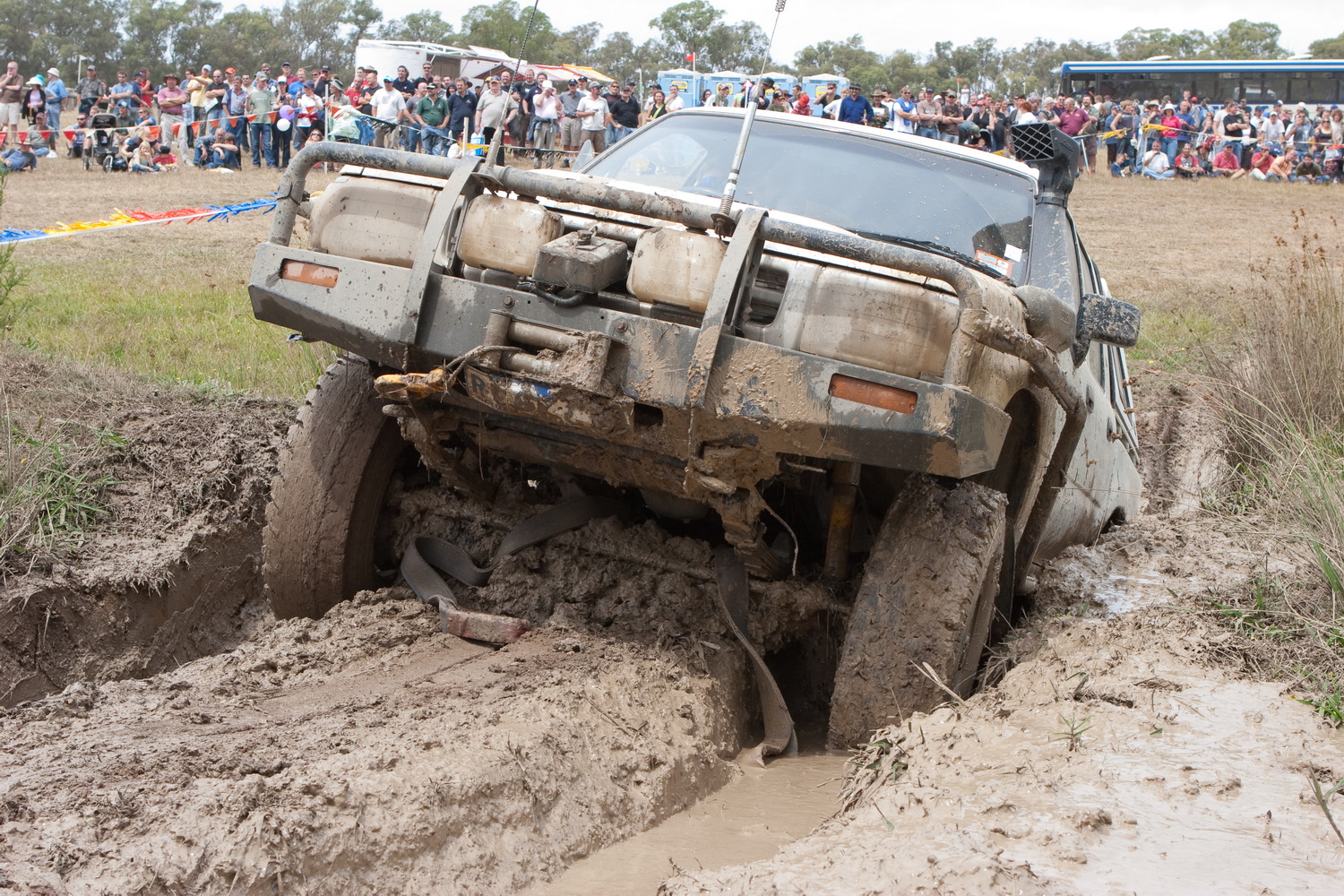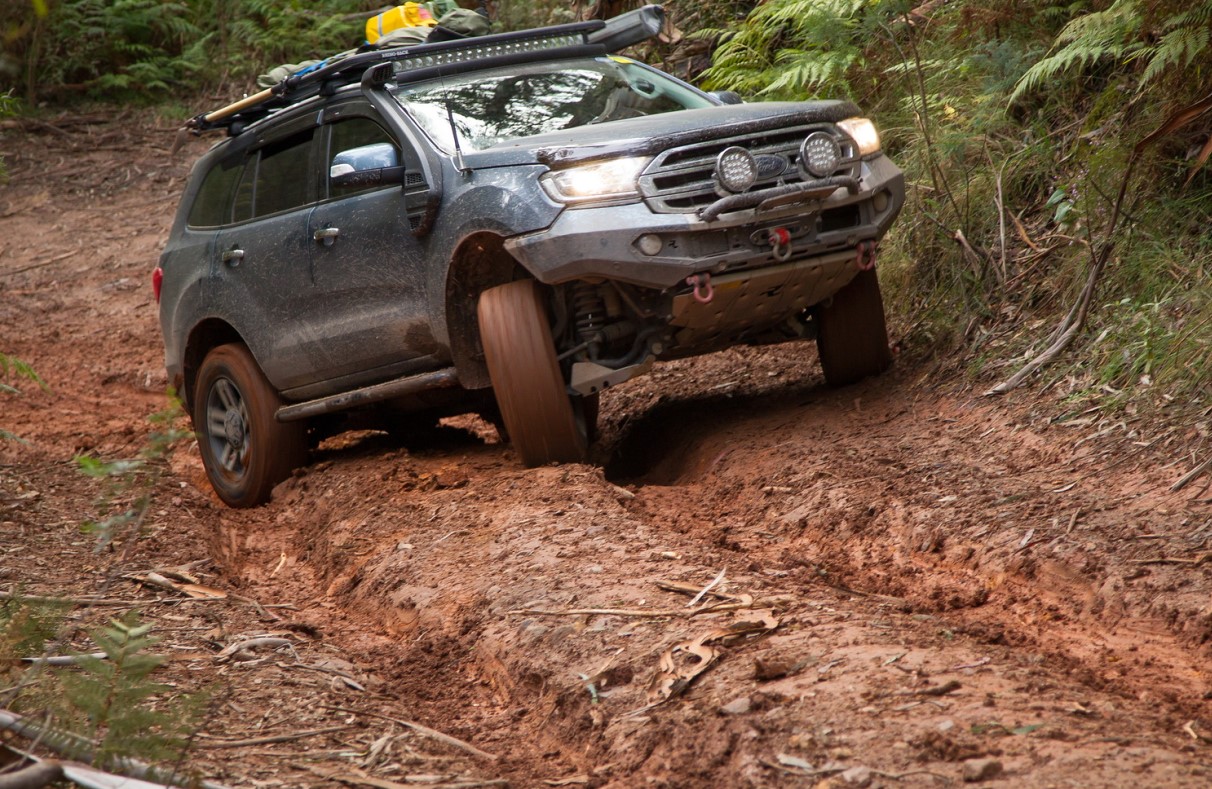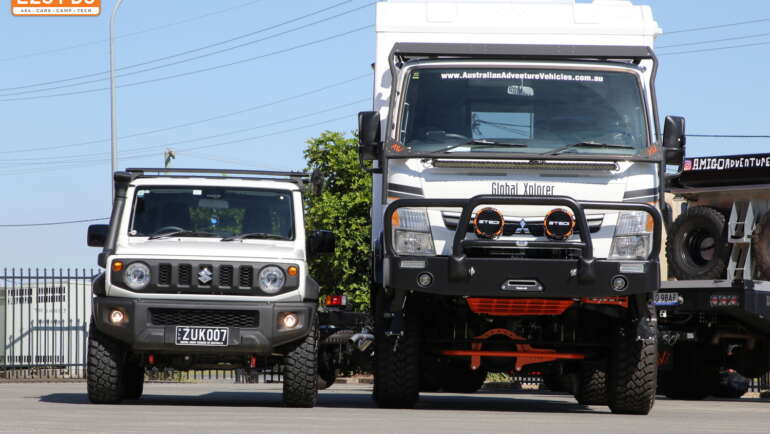
Rated Recovery Points?
Reader question:
“Firstly, thank you for your channel, there is some really good information there. I am new to 4wds and have found your videos on winching techniques particularly interesting (I loved physics at school!) I have also sent some of your recent videos on traction circles and understeer to my 3 learner drivers for them to watch who also found them helpful.
One benefit over the last 12 months has been plenty of time for research on all things 4wd/camping and rated recovery points is amongst them. I have seen online time and again that the factory points are ‘tie down points’ for when the vehicles have been transported. I used to work in the motor industry and it has been my experience that this is not true and that these points are called “tow points” by the manufacturer. They may well be used for securing the vehicle for transport but they are actually there in case old mate turns up with his flat bed to tow you away. Towing doesn’t equal “recovering” in the 4wd sense though so I’d agree most may not be up to the task of a snatch recovery. Anyway, I’m getting sidetracked!
It seems generally accepted that rated recovery points are a good thing to have. It seems however that I cannot actually get recovery points for my 2006 Hilux. I ordered some Roadsafe ones when I ordered my new TJM bar but after fitting even TJM agreed part of the bars bracketry would need to be modified, needless to say they didn’t recommend this.
Looks like the only option left is an ARB recovery point but that is a single point only and my desire to use an equaliser strap has only been reinforced after your latest video.
So my question is in their rating. It seems to be that most recovery points are attached to a solid metal jig and then pulled on with a gradual and constant force in a dead straight line before being ‘rated’ for something much lower so they have a large safety factor built in.
While these recovery points may be able to handle that sort of force, the chassis of the vehicle does not equal a solid metal jig and therefore has not been tested in this equation. Can the chassis handle 5000kg or more there with the recovery point mounted that way? What if it isn’t an exact straight pull? Can the recovery point actually cause damage to the chassis?
There are many videos I have seen where people have been treating these points as ‘industruct-o-points’ with massive shock loads and even extreme sideways loads using only one point and I have been told of cars crabbing down the road after being recovered without an equaliser strap. (urban myth??)
So my question is, how useful is that rating actually if they are not rating it on an actual chassis in a manner that accurately mimics a typical recovery? (i.e maybe off-centre pull)
I know some manufacturers state that an equaliser strap should be used for some of their points (I think most people don’t) but some like ARB are a single point only.
For me I think I have decided that maybe I don’t need them. I am unlikely to be doing any serious hard core stuff requiring a heavy snatch/kinetic recovery and it would be my absolute last go to I think anyway. I would prefer to winch, and my Hilux seems to have reasonably beefy factory tow points which I’d always be using with an equaliser strap.
Is my thinking in all of this unsound?”
ANSWER
No, you’re spot on. The points may or may not be rated for a load, and if they are, it’ll be a straight-line pull. Aftermarket points may go up to say 5000kg, but I’ve never seen any evidence of testing or calculations as to what that’ll do to the chassis.
Many 4X4 instructors solemnly intone that you “need rated recovery points”, and when asked what that means, say “rated appropriate to your vehicle” and when asked what that means, don’t know. The actual answer is that the points should have a WLL (Working Load Limit) equal to at least the 2 x GVM of the vehicle but even that knowledge is useless unless you have a clue how much force is generated for a typical recovery, and again, nobody seems to have modelled the effects on the chassis. I’d hate to do a recovery that involved 2x GVM, but I’d like to see it from a distance!
Anyway, your logic is sound. Use the winch and use a long (4m+) bridle on your points. I’d add always reduce the recovery load where possible by digging and/or use of traction ramps, and you should be fine.


